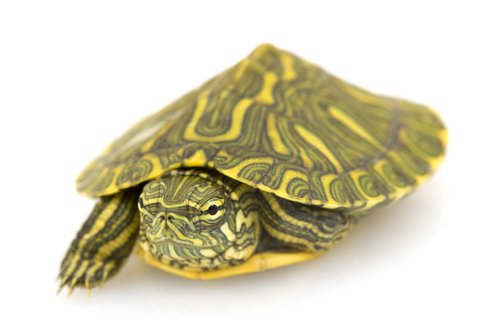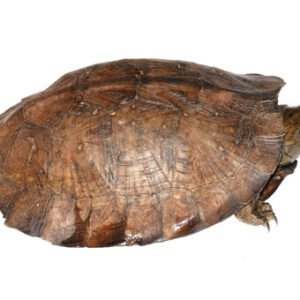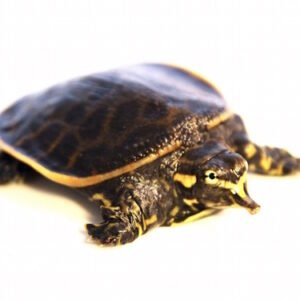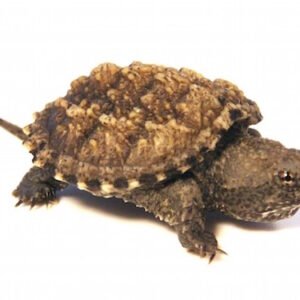Physical Characteristics and Habitat
The Rio Grande Slider Turtle, scientifically known as Trachemys gaigeae, exhibits several distinctive physical characteristics that set it apart from other species of turtles. Adult individuals typically reach a size ranging from 6 to 12 inches in carapace length. One of the most notable features of the Rio Grande Slider is its coloration; the upper shell, or carapace, is often dark olive or brown, with bold yellow stripes that can be found on the head and limbs. These markings serve not only as a means of identification but also provide effective camouflage within their natural habitats. The plastron, or lower shell, is usually a lighter shade, ranging from yellow to cream, often adorned with dark blotches.
In addition to their distinctive coloration and size, the Rio Grande Slider Turtle is equipped with a robust, flattened body that enables efficient swimming. Their webbed feet further enhance their swimming capabilities, allowing them to navigate their aquatic environments with ease. The combination of these physical traits allows the turtle to thrive in various freshwater habitats, including rivers, lakes, and ponds, particularly those found in the southwestern United States and northern Mexico.
The Rio Grande Slider prefers habitats with abundant aquatic vegetation, which provides both shelter and food. These turtles are frequently spotted lounging on rocks or logs along the water’s edge, where they can bask in sunlight to regulate their body temperature. The quality of their habitat is crucial for their survival, as they require clean water free from pollutants and ample basking sites to maintain their health. Disturbances to their natural environment can threaten their populations, making habitat conservation essential for the continued existence of the Rio Grande Slider Turtle.
Behavior, Diet, and Conservation Status
The Rio Grande Slider Turtle, a captivating species endemic to the southern United States and northern Mexico, exhibits distinct behavioral traits that reflect its adaptation to freshwater environments. Known for their social nature, these turtles are often observed basking in groups on logs or rocks, where they share warmth and energy. Basking not only helps regulate their body temperature but also facilitates the synthesis of vitamin D, essential for their overall health. During mating season, males display complex courtship behaviors that involve visual signals, such as head bobbing, to attract females.
Dietarily, the Rio Grande Slider Turtle is an omnivore, consuming a varied diet that consists primarily of aquatic plants, such as duckweed and Water Hyacinth. In addition, they feed on small invertebrates, including insects and crustaceans, which are essential for providing the necessary nutrients for growth and development. Their foraging habits reflect a flexible feeding strategy, allowing them to thrive in diverse habitats with fluctuating food availability.
Unfortunately, the Rio Grande Slider Turtle faces several conservation challenges that threaten its population. Habitat loss due to urban development, agriculture, and pollution significantly impacts their natural environments, leading to decreased food resources and suitable nesting sites. Additionally, this species is vulnerable to the illegal pet trade, where they are often collected from the wild and sold as exotic pets. Conservation efforts are ongoing and include habitat restoration, legal protections against poaching, and public education campaigns to raise awareness about their ecological importance. Through dedicated efforts by conservation organizations and local governments, the future of the Rio Grande Slider Turtle can be safeguarded, ensuring they continue to thrive in their native habitats.





